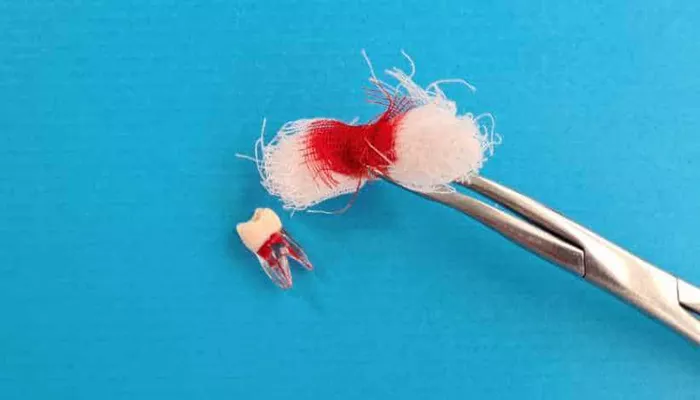Wisdom teeth, also known as third molars, typically emerge in late adolescence or early adulthood, usually between the ages of 17 and 25. While some individuals experience no issues with these teeth, many encounter complications that necessitate their removal. This article will provide a comprehensive overview of how to determine whether your wisdom teeth need to be extracted, focusing on common symptoms, potential complications, and professional recommendations.
What Are Wisdom Teeth?
Wisdom teeth are the last set of molars located at the back corners of your mouth. They can serve a functional purpose in chewing; however, due to evolutionary changes in human jaw size, many people do not have enough space for them to grow properly. This lack of space can lead to various dental issues.
Common Indicators for Wisdom Teeth Removal
1. Impaction
One of the most common reasons for wisdom tooth extraction is impaction. This occurs when the tooth is unable to emerge fully through the gums due to a lack of space or an obstruction by other teeth. Impacted wisdom teeth can be:
Partially erupted: These teeth may partially break through the gums but remain trapped against adjacent teeth.
Fully impacted: These teeth remain completely buried within the jawbone or gums.
Impacted wisdom teeth can cause pain, swelling, and infection. If you experience these symptoms, it is crucial to consult a dental professional.
SEE ALSO: How to Stop Wisdom Teeth Biting Cheek?
2. Pain and Discomfort
Pain is a significant indicator that your wisdom teeth may need to be removed. Symptoms include:
Persistent pain in the back of your mouth
Swelling or tenderness in the gums
Pain radiating to other areas of your face or neck
If you notice these symptoms, it is advisable to seek a dental evaluation.
3. Infection and Gum Disease
Wisdom teeth are particularly prone to infections due to their location at the back of the mouth, making them difficult to clean effectively. If food particles become trapped around an impacted tooth, this can lead to:
Gum disease: Inflammation and infection of the gum tissue surrounding the tooth.
Tooth decay: Difficulty in cleaning wisdom teeth can result in cavities that may not be treatable.
Signs of infection include redness, swelling, pus discharge, and persistent bad breath. If you experience any of these symptoms, immediate dental attention is necessary.
4. Crowding and Misalignment
As wisdom teeth attempt to erupt, they can push against existing teeth, causing crowding or misalignment. This can lead to:
- Shifting of adjacent teeth
- Increased risk of orthodontic issues
If you are undergoing orthodontic treatment or have had braces in the past, your dentist may recommend removing your wisdom teeth to prevent future alignment problems.
5. Cysts or Tumors
In some cases, impacted wisdom teeth can lead to the formation of cysts or tumors in the jawbone. These growths can damage surrounding bone and tissue if left untreated. Regular dental check-ups can help identify these issues early.
6. Age Considerations
Dental professionals often recommend removing wisdom teeth during late adolescence or early adulthood (ages 17-25). At this age, recovery tends to be quicker and less complicated than for older adults.
However, if you are older and experiencing problems with your wisdom teeth, it is not too late for extraction.
Professional Recommendations
When considering whether your wisdom teeth need removal, consult with a dental professional for an evaluation. They will typically perform:
- A clinical examination
- X-rays to assess the position and condition of your wisdom teeth
Based on their findings, they may recommend one of the following courses of action:
1. Monitoring
If your wisdom teeth are healthy and not causing any issues, your dentist may suggest regular monitoring instead of immediate removal.
2. Extraction
If there are signs of impaction, infection, or other complications, extraction may be necessary. The procedure typically involves:
Local anesthesia or sedation
Incision into the gum tissue
Removal of bone obstructing access to the tooth
Extraction of the tooth
Most extractions are performed on an outpatient basis and require minimal recovery time.
Post-Extraction Care
After having your wisdom teeth removed, proper care is essential for a smooth recovery:
Follow Your Dentist’s Instructions: Adhere strictly to post-operative care guidelines provided by your dentist.
Manage Pain and Swelling: Use prescribed pain medication and apply ice packs to reduce swelling.
Eat Soft Foods: Stick to a diet of soft foods for several days post-surgery.
Maintain Oral Hygiene: Gently rinse with warm salt water after 24 hours but avoid brushing directly on the extraction site for a few days.
Avoid Straws: Using straws can create suction that may dislodge blood clots necessary for healing.
Conclusion
Determining whether your wisdom teeth need removal involves understanding various symptoms and consulting with a dental professional for an accurate assessment. Regular dental check-ups are vital for monitoring oral health and preventing complications associated with wisdom teeth.
If you experience any discomfort or notice signs indicating potential issues with your wisdom teeth—such as pain, swelling, or difficulty cleaning—do not hesitate to seek professional advice. Early intervention can help prevent more serious complications down the line.
Related topics:

